Search
Did you mean: Pompey?
Remove Ads
Advertisement
Summary 
Loading AI-generated summary based on World History Encyclopedia articles ...
Search Results
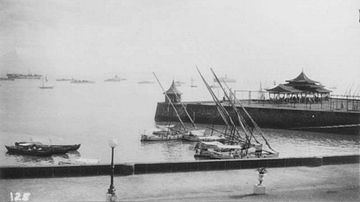
Image
Bombay Harbour by Gertrude Bell
A photograph by Gertrude Bell (l. 1868-1926) of Bombay harbour (now Mumbai, India) Taken in 1902. (Gertrude Bell Archive)
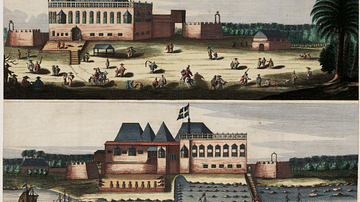
Image
East India Company Fort, Bombay
A c. 1665 illustration of the British East India Company's fort at Bombay (now Mumbai). (National Archives of the Netherlands, The Hague)
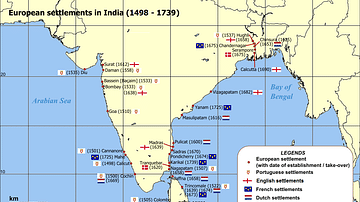
Article
The English and Dutch East India Companies' Invasions of India
In the early 17th century, the Dutch and English East India Companies turned their eyes towards India, as part of their grand schemes to develop extensive trade networks across the Indian and China Seas. They were faced with two significant...
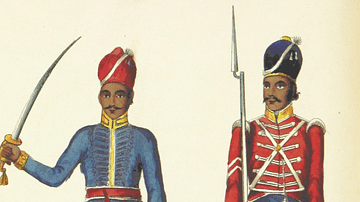
Article
The Armies of the East India Company
The East India Company (EIC) was first England's and then Britain's tool of colonial expansion in India and beyond. Revenue from trade and land taxes from territories it controlled allowed the EIC to build up its own private armies, collectively...
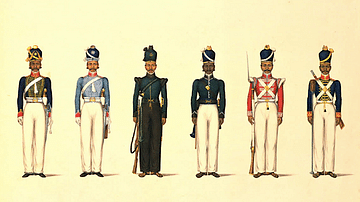
Definition
Sepoy
A sepoy was an Indian soldier in the armies of various states and European trading companies in the Indian subcontinent and then, from the second half of the 19th century, in the British Indian Army. Recruited from many different population...
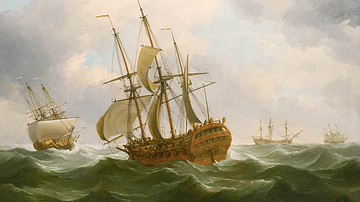
Definition
East India Company
The English East India Company (EIC or EEIC), later to become the British East India Company, was founded in 1600 as a trading company. With a massive private army and the backing of the British government, the EIC looted the Indian subcontinent...
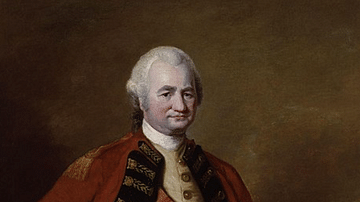
Definition
Robert Clive
Robert Clive (1725-1774), also known as 'Clive of India' and Baron Clive of Plassey, masterminded the expansion of the East India Company in India. Best known for his victory at Plassey in Bengal in 1757, Clive's reputation suffered in his...

Definition
First Anglo-Afghan War
The First Anglo-Afghan War (1838-42) was fought between the British East India Company (EIC) and, the Emirate of Afghanistan, the ultimate victor. The British were keen to control Afghanistan as they feared Russian expansion into South Asia...

Definition
Warren Hastings
Warren Hastings (1732-1818) was appointed the Governor of Bengal by the British East India Company (EIC) in 1772 and became its first Governor-General in India from 1774 to 1785. Under his tenure, the EIC ruthlessly expanded its territory...
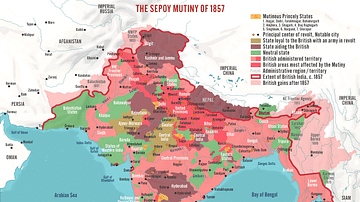
Image
The Sepoy Mutiny of 1857
A map illustrating the scope and geopolitical context of the Sepoy Mutiny (from Persian sepāhī, for soldier) of 1857 in India. Originating in the state of Uttar Pradesh, the mutiny soon escalated from a revolt of the East India Company's...